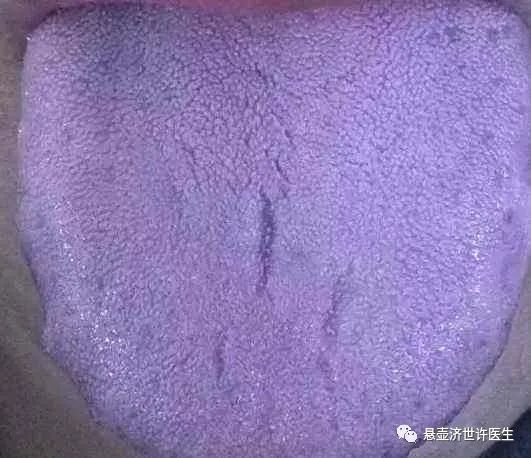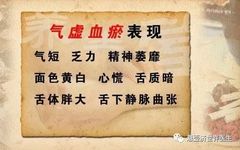1. What is Blood StasisBlood stasis: refers to a type of syndrome in TCM diagnosis. Blood stasis indicates that blood circulation is obstructed, leading to stagnant blood. The syndrome of blood stasis can be seen in many diseases. Generally speaking, whenever blood leaves the meridians and cannot dissipate in time, or when blood flow is obstructed and accumulates in a certain area, or when blood stagnates within the meridians or organs, it is referred to as blood stasis.
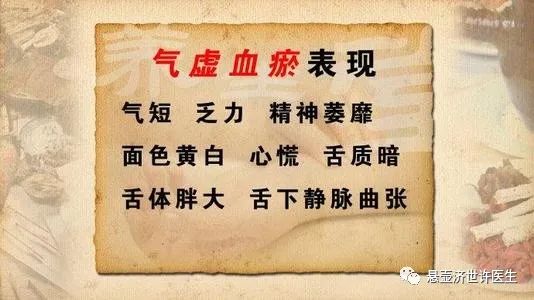
2. Types of Blood Stasis1. Qi Deficiency and Blood Stasis Syndrome Qi deficiency and blood stasis syndrome is characterized by the inability of Qi to move blood, resulting in blood stagnation. This is often caused by prolonged illness leading to Qi deficiency, which gradually results in stagnant blood. Clinical manifestations include pale or dull complexion, fatigue, low energy, pain like stabbing, commonly found in the chest and flanks, with pain that does not move, tenderness upon palpation, pale or dark tongue with purple spots, and a deep, rough pulse.
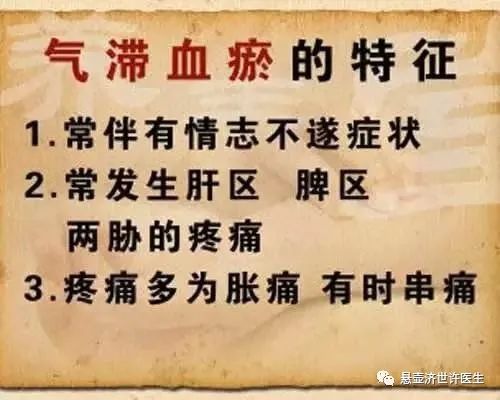
2. Qi Stagnation and Blood Stasis Qi stagnation and blood stasis refer to a pathological state where Qi stagnation and blood stasis coexist. The mechanism of this condition is generally that Qi movement becomes obstructed, which then leads to blood stagnation. It can start with Qi stagnation leading to blood stasis, or it can occur when stagnant blood obstructs Qi movement, which can also be caused by injuries such as sprains that result in both Qi stagnation and blood stasis.
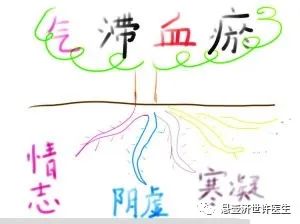
3. Effects of Blood Stasis on the Body Blood stasis poses many potential dangers to the body, and over time can severely affect health, leading to incurable diseases. Therefore, it is crucial to raise awareness.1. Blood Stasis and InfertilityInfertility syndrome is one type of condition. It is often caused by residual blood after menstruation or childbirth, emotional distress leading to poor Qi and blood circulation, or exposure to cold pathogens causing blood to congeal, resulting in blood stasis and Qi stagnation, obstructing the Chong and Ren meridians, leading to menstrual irregularities and difficulty in conception. Symptoms include delayed menstruation, difficult menstrual flow, presence of clots, abdominal pain with tenderness, emotional distress, and symptoms such as fullness in the chest and flanks, irritability, breast tenderness. Treatment should focus on moving Qi and regulating blood; for those affected by cold pathogens, treatment should warm the meridians and disperse cold.

2. Blood Stasis and DysmenorrheaDysmenorrhea syndrome is one type of condition. It is often caused by residual blood after menstruation or childbirth, followed by exposure to cold, or emotional distress, leading to cold blood congealing, or Qi stagnation and blood stasis, where stagnant blood obstructs the Chong and Ren meridians, resulting in pain. Symptoms include stabbing pain in the lower abdomen before or during menstruation, reduced menstrual flow with clots, and pain relief after passing clots. Treatment should focus on invigorating blood and dispelling stasis.

3. Blood Stasis and AmenorrheaAmenorrhea syndrome is one type of condition. It is often caused by Qi stagnation and cold congealing, leading to blood stasis obstructing the Chong and Ren meridians, resulting in amenorrhea. Symptoms include absence of menstruation, abdominal pain with tenderness. Treatment should focus on invigorating blood and dispelling stasis, and alleviating pain. For those with a tendency towards Qi stagnation, use Wu Yao (Lindera), Yan Hu Suo (Corydalis), Zhi Ke (Bitter Orange), and Xiang Fu (Cyperus); for those with cold congealing, add Rou Gui (Cinnamon) and Pao Jiang (Ginger).
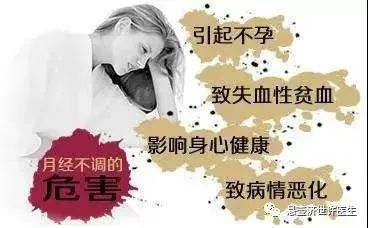
4. Blood Stasis and AtrophyAtrophy syndrome caused by blood stasis. Refer to the “Zheng Zhi Hui Bu” for details. This can occur due to retained lochia after childbirth or injuries leading to stagnant blood. Symptoms include weakness in the limbs, inability to move, and accompanying pain, with a rough pulse. Treatment should focus on invigorating blood and dispelling stasis.

5. Blood Stasis and Uterine BleedingUterine bleeding syndrome is one type of condition. It is often caused by residual blood after menstruation or childbirth, or emotional distress leading to liver Qi stagnation and blood stasis, or invasion by cold pathogens causing blood to accumulate in the uterus, leading to bleeding. Symptoms include continuous or sudden heavy bleeding, or sudden onset of bleeding after months of amenorrhea, with dark purple blood and clots, abdominal pain with tenderness, and pain relief after passing clots. Treatment should focus on invigorating blood and dispelling stasis: use Dang Gui (Angelica), Chuan Xiong (Szechuan Lovage), San Qi (Notoginseng), Mo Yao (Myrrh), Wu Ling Zhi (Flying Squirrel Feces), Dan Pi (Moutan Cortex), Chao Dan Shen (Salvia), Chao Ai Ye (Mugwort), E Jiao (Donkey-hide Gelatin), Zhi Bei Mu (Fritillaria), Long Gu (Dragon Bone), and Mu Li (Oyster).

3. Clinical Manifestations Pain that feels like stabbing or cutting, with fixed pain that is tender to touch, often worsening at night. Masses on the surface of the body appear bluish-purple; those in the abdomen are hard and immovable, also known as scar accumulation. Repeated bleeding, with dark purple color, or black stools resembling tar. Dark complexion, skin with a rough texture, lips and nails appearing purple, or subcutaneous purple spots, or fine blood vessels visible on the skin, or prominent veins in the abdomen, or painful swollen veins in the lower limbs. Women often experience amenorrhea. The tongue is dark purple, or shows purple spots, and the pulse is thin and rough. In summary, the characteristics include pain, purple coloration, stasis, masses, and roughness.
